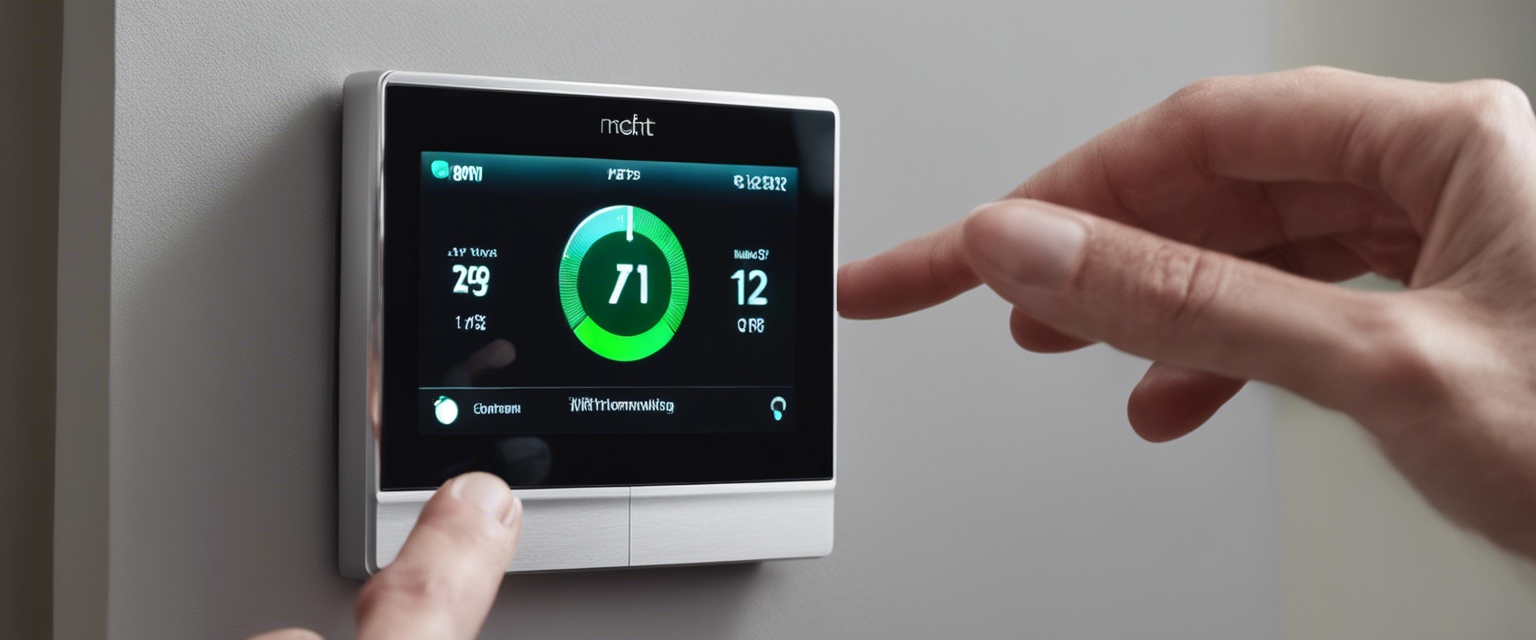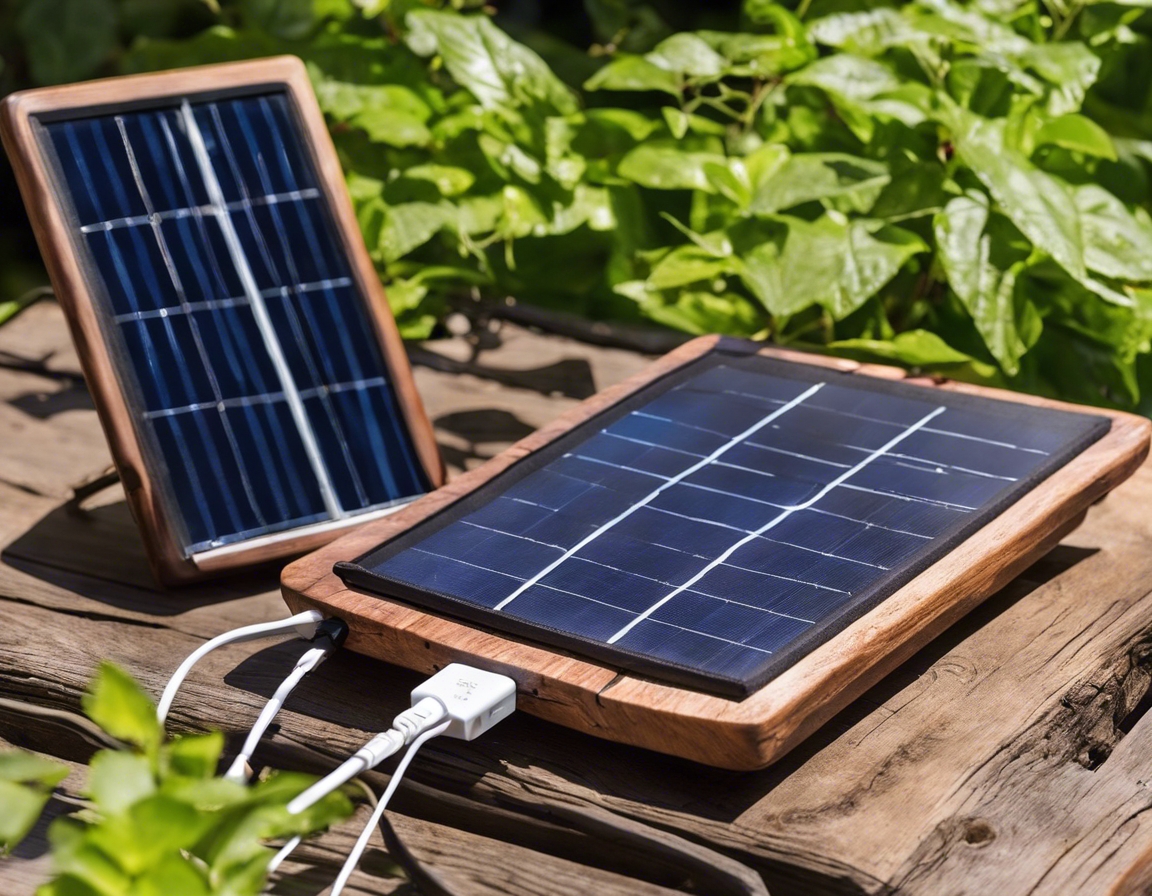5 trends shaping the future of electrical infrastructure
The landscape of electrical infrastructure is undergoing a significant transformation, driven by technological advancements, evolving regulatory frameworks, and the imperative to address climate change. As a leading provider of electrical solutions, OBO BETTERMANN OÜ is at the forefront of these changes, offering innovative products and systems that cater to the emerging needs of the industry. In this post, we explore five key trends that are shaping the future of electrical infrastructure.
1. Decentralization and Microgrids
Microgrids are localized energy networks capable of operating autonomously from the traditional, centralized electrical grid. This trend is gaining momentum as it allows for increased reliability, especially in remote or disaster-prone areas.
Decentralization offers numerous benefits, including enhanced energy security, improved resilience to outages, and the potential for cost savings through localized energy production and consumption.
2. Electrification of Transportation
The surge in electric vehicle adoption necessitates the expansion of EV charging infrastructure. This presents both challenges and opportunities for electrical infrastructure development.
The integration of EVs into the electrical grid requires careful planning to manage the increased load and ensure grid stability, necessitating smart solutions and upgrades to existing systems.
3. Smart Grid Technology
Smart grids facilitate the integration of renewable energy sources, such as solar and wind, by efficiently managing variable power outputs and distribution.
AMI is a cornerstone of smart grid technology, enabling real-time data collection and analysis for better energy management and customer engagement.
4. Energy Storage Solutions
Battery storage systems are becoming increasingly important for balancing supply and demand, providing backup power, and enhancing the integration of intermittent renewable energy sources.
Energy storage plays a critical role in maintaining grid stability and offers a pathway for more efficient energy management and distribution.
5. Regulatory Changes and Standards
As the electrical infrastructure evolves, international standards are being updated to ensure safety, interoperability, and efficiency across the globe.
Regulatory changes continue to shape the electrical industry, with a growing emphasis on safety and compliance to protect both infrastructure and end-users.






Comments (0)